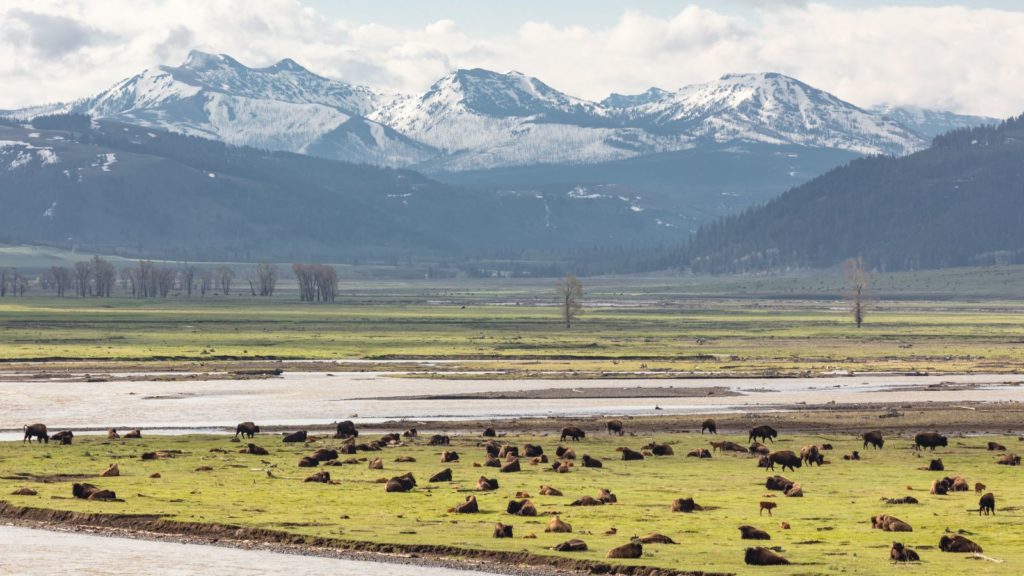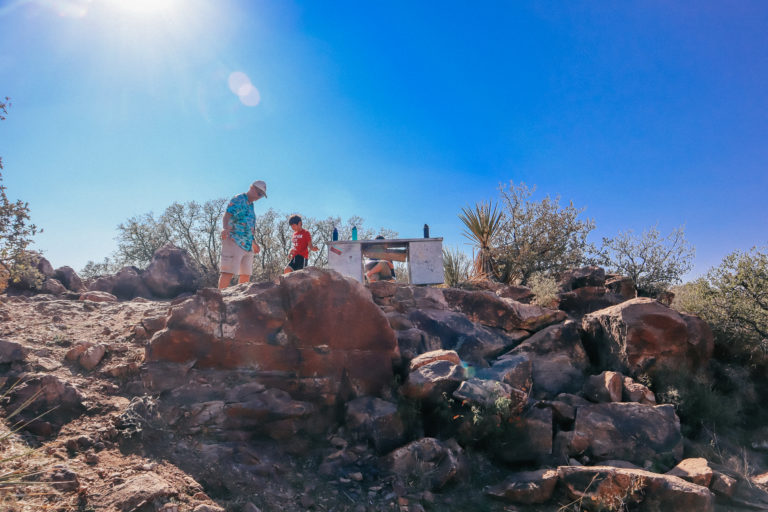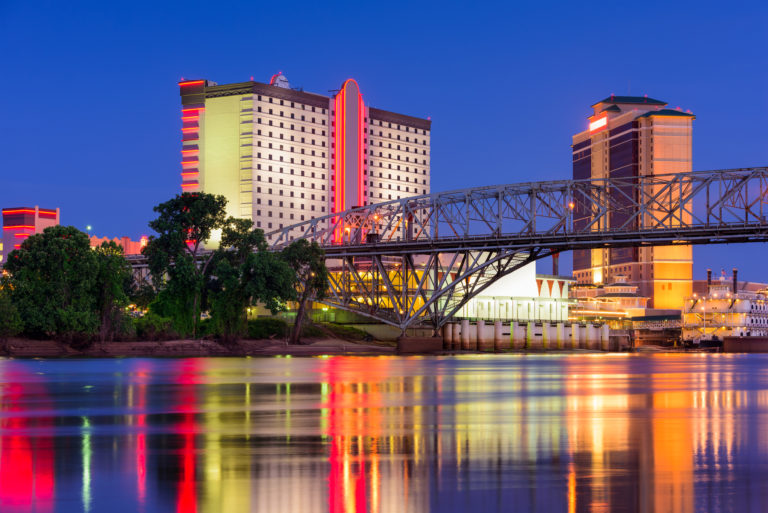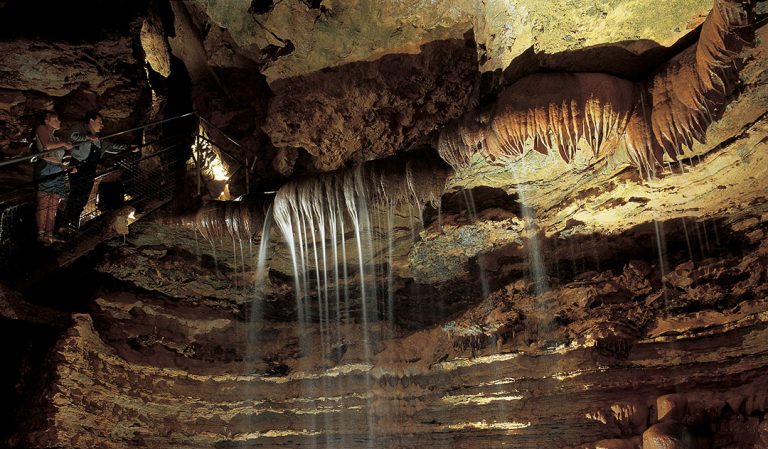Staying Safe in Yellowstone National Park: What Park Rangers Want You To Know
Two thousand people visit Yellowstone National Park every summer. Spectacular hiking trails, waterfalls, the most famous of all geysers, the iconic Old Faithful shooting boiling underground water 184 feet in the air, and plentiful opportunities to observe wildlife, including the United States’ largest buffalo herd, wolves, and grizzly bears. However, several recent actions by visitors have led to the endangerment of people and the death of wildlife. The park calls on visitors to understand how their actions can negatively impact wildlife.
Staying Safe in Yellowstone National Park: What Park Rangers Want You To Know

June, July, and August are Yellowstone National Park’s peak season. More than half of the park’s four million annual visits occur during these three months. Summer visits are popular because kids are out of school, so expect crowds as visitors exploring the park from their vehicles eagerly seek buffalo, black bears and grizzly bears, wolves, elk, moose, and more. Unfortunately, what’s common sense good park behavior for adventurers who frequent state parks, national parks, and national park historic sites where wildlife resides might not be widely understood by all park visitors.
Keep Your Distance

Approaching a wild animal can drastically impact your safety but also the animal’s well-being and, in some cases, its survival. When an animal is near a campsite, trail, boardwalk, parking, lot, on the road, or in a developed area of the park, leave it alone and give it space. When you come to the park to see the wildlife, do so at a safe distance. Pack a pair of binoculars, and don’t try to get too close to get a better look.
Park regulations require guests to stay at least 25 yards away from bison, elk, and deer and at least 100 yards away from bears and wolves. Disregarding these rules can lead to fines, injury, or death. Everyone’s safety, including the animals, depends on following these rules.
“Thousands of travelers make the drive along the Buffalo Bill Scenic Byway or Chief Joseph Scenic Byway from Cody to Yellowstone National Park every summer,” says Ryan Hauck, executive director of Cody Yellowstone , where many tourists stay during summer visits to the park. “Along both of those routes, travelers could very well spot wildlife like bison, elk, moose, and even bears and wolves. Our advice to travelers is to keep your binoculars handy and be aware of safe wildlife viewing practices. Specific wildlife viewing recommendations can be found on the Cody Yellowstone or National Park Service websites.”
Skip the Grizzly Bear Selfie: Do Not Pursue Wildlife For Photo Snaps
It’s very likely that you’ll encounter wildlife in the park during summer. And while everyone craves that perfect picture, don’t wander into a field of bison or follow a bear down a trail to get a better photo.
There were two recorded incidents in 2022 of visitors getting too close to bison, which resulted in the animals responding to the perceived threat by goring the individual. Bison are unpredictable and can run three times faster than humans. The herds of Bison in Yellowstone’s Lamar Valley are a dazzling spectacle of nature. Visitors can observe them in the fields and in the rivers, and many bison get very close to cars as they make their way through the park. Allow them a wide berth.
Recent Incidents at Yellowstone National Park: Harmful, Not Helpful
On May 31, a man from Hawaii pled guilty to intentionally disturbing wildlife in the park. He saw a newborn bison calf struggling to cross the river in the northeastern section of the park. He grabbed the calf and pushed it from the river onto the roadway. While the individual may have had noble intentions, it resulted in the calf’s death.
During the 2023 Memorial Day weekend, visitors placed an elk calf in their car and brought it to the West Yellowstone Police Department in Montana. The calf later ran off into the forest, and its condition is currently unknown. The incident is currently under investigation.
While it may be difficult to accept watching a young animal struggle in the elements, it’s kindest to let nature take its course.
Watch Your Speed In the Park
The legal speed on park roads is 45 mph or less, and 55 mph on U.S. Highway 191, which leads into the park. Motorists need to be mindful of the fact that cars share the road with wildlife and that wildlife has the right of way. An adult male black bear was struck and killed by a vehicle on May 28 in the northwestern section of the park. Later that same evening, a second adult male black bear was killed on 191.
The 2023 summer season has also seen incidents where elk and bison were struck by vehicles. Always be vigilant when driving on park roads or roads leading into the park, especially at night. Animal fur absorbs light, which makes them difficult to see, even while using bright headlights.
Stay on the Trails and Boardwalks in Thermal Areas
Aside from the boundless opportunities to observe wildlife, visitors to Yellowstone National Park are drawn to the more than 10,000 hydrothermal features of the park. These features include geysers, bubbling mudpots, hot springs, fumaroles, and travertine terraces.
The areas around the thermal areas have clearly marked paths or boardwalks, with several posted reminders to stay on these paths when viewing the spectacular works of nature. The ground near the thermal areas is hot and can be dangerous to walk on. Staying on the boardwalks or marked paths also keeps visitors at a safe distance from the thermal pools and geysers. And, even if you see wildlife near the thermal areas, that doesn’t mean it’s safe for people to do so. Observe the posted signs.
Take The Yellowstone Pledge
The Yellowstone Pledge is a personal promise a parkgoer makes to themselves and the park regarding conservation, safe photography practices, staying on trails and pathways, and being bear aware. The pledge doesn’t need to be formally recited or even spoken aloud, although the park service encourages sharing on social media with the tag #YellowstonePledge
While taking the pledge is an excellent way to teach younger visitors about conservation and respect for wildlife, it’s also a good lesson or reminder for all park guests to understand the importance of keeping wild space both wild and safe for all to enjoy.







